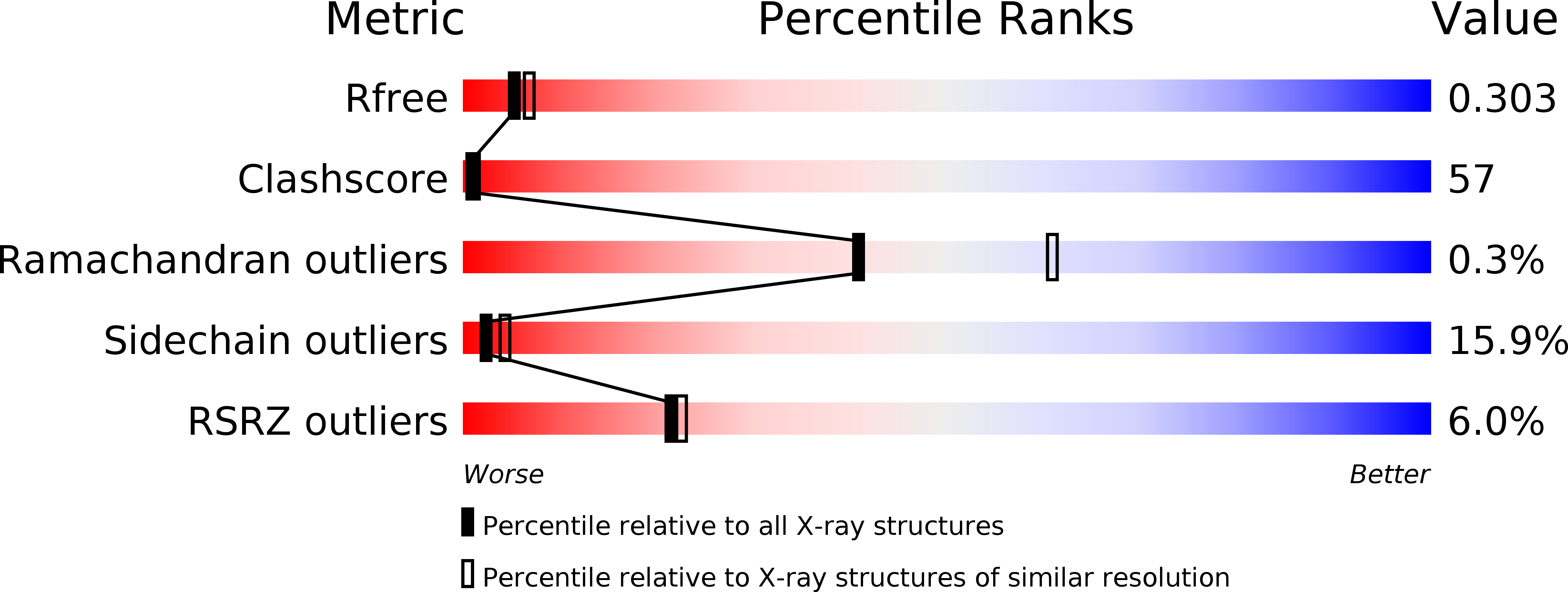
Deposition Date
2006-03-13
Release Date
2006-04-18
Last Version Date
2024-05-08
Entry Detail
PDB ID:
2CH7
Keywords:
Title:
Crystal structure of the cytoplasmic domain of a bacterial chemoreceptor from Thermotoga maritima
Biological Source:
Source Organism:
THERMOTOGA MARITIMA (Taxon ID: 2336)
Host Organism:
Method Details:
Experimental Method:
Resolution:
2.50 Å
R-Value Free:
0.29
R-Value Work:
0.25
R-Value Observed:
0.25
Space Group:
P 1 21 1


